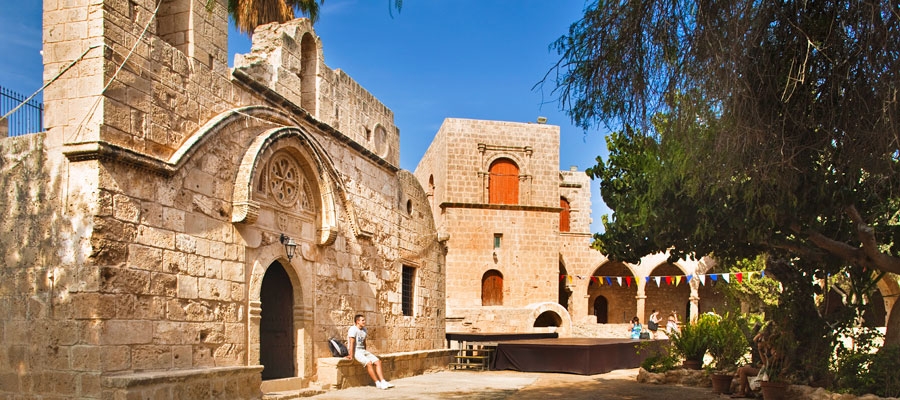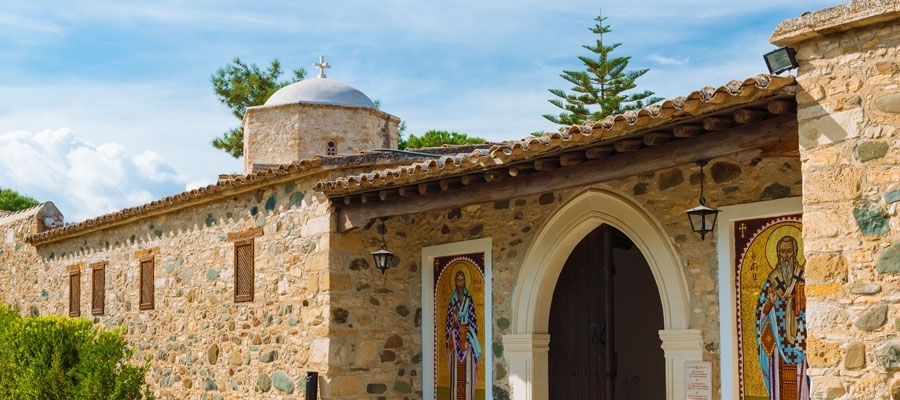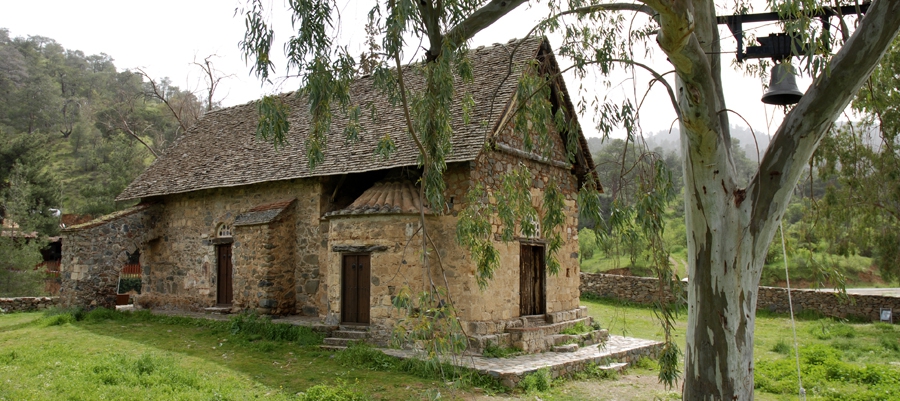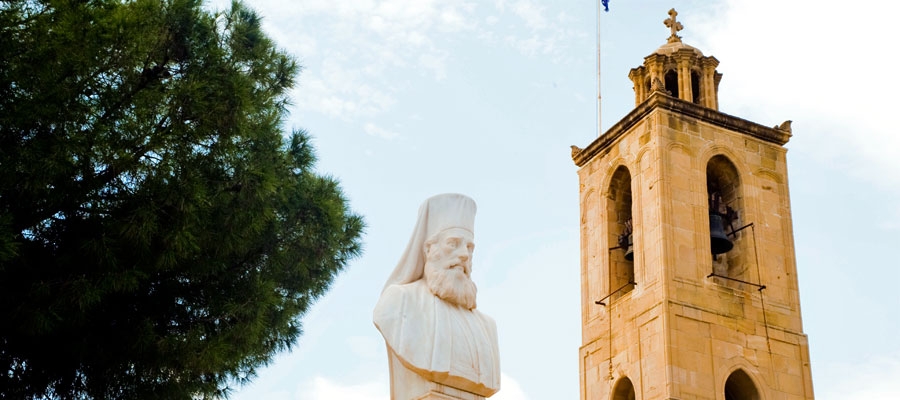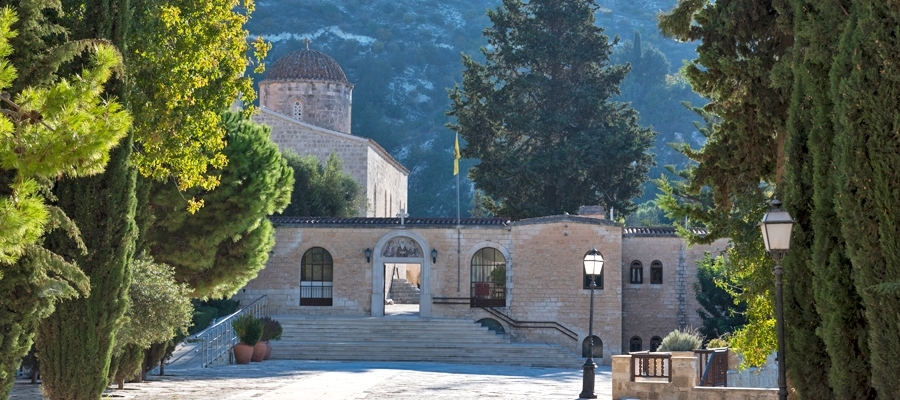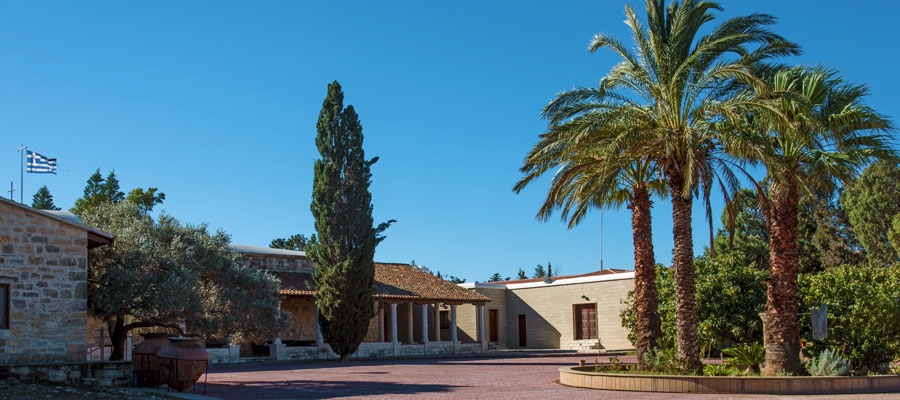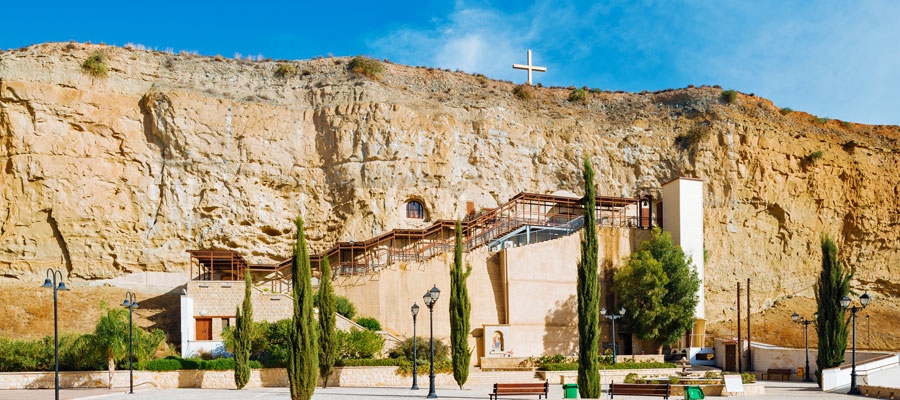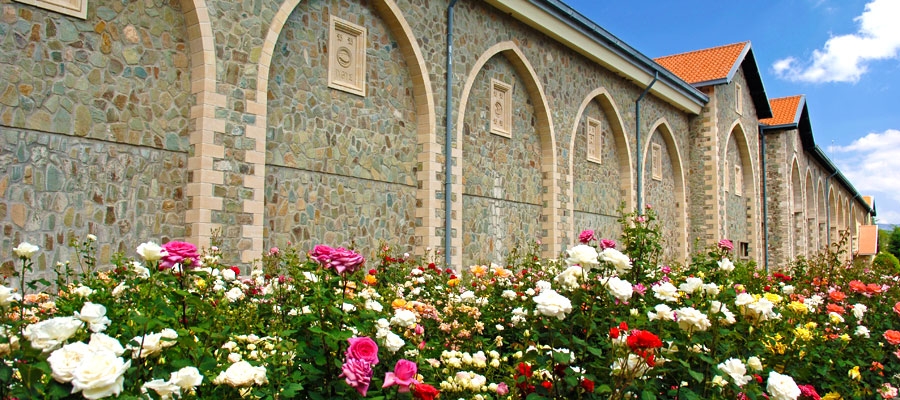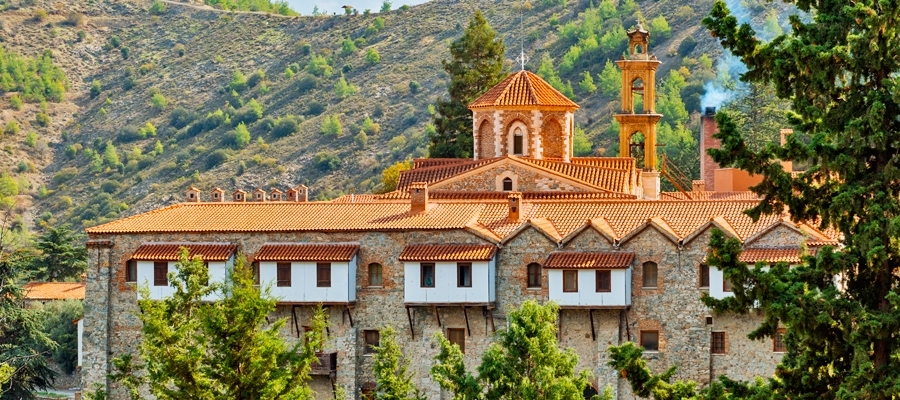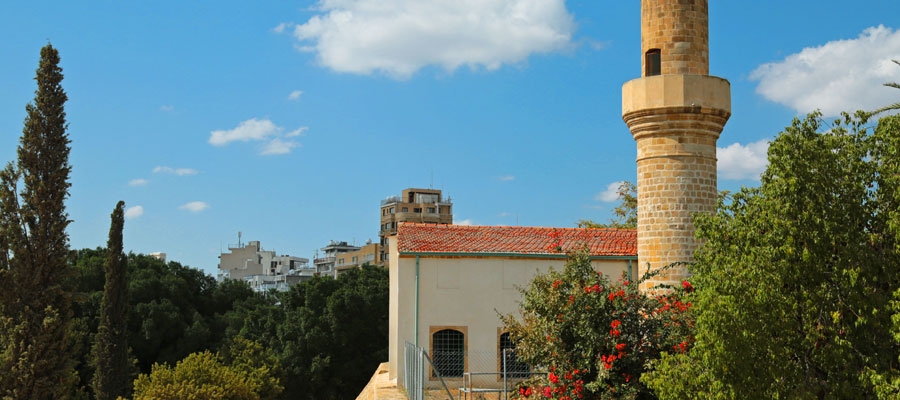The route starts from Larnaka (Larnaca) and specifically from the church of Αgios Lazaros and Larnaka Εcclesiastical Museum – two very significant ecclesiastical monuments.
In Sotira, the route passes from the Church of Μetamorfoseos tou Sotiros (Transfiguration of the Savour), a cemetery church dating back to the last years of the Venetian rule, and from the church of Αgios Mamas of approximately the same period, which houses a few frescoes.
In the Hortakia region lies the church of Αgios Georgios Hortakion, which stands out for its good proportions, although its frescoes that have been salvaged are very few. In the same area, visitors can see the church of Panagia Hortakion, which dates back to the 15th century.
In Paralimni, the route takes us to the church of Αgios Georgios, located in the city centre and built in the 19th century. Next to the church of Agios Georgios lies the church of Panagia-Agia Anna, a two-aisled church, estimated to have been built in the 14th century. In the interior, there is also a small Εcclesiastical Museum. A very significant stop on this route is at the Μonastery of Agia Napa – built in the 14th century – which is one of the most significant places of interest and, at the same time, related to poet Georgios Seferis.
Total route length: 76 km.

